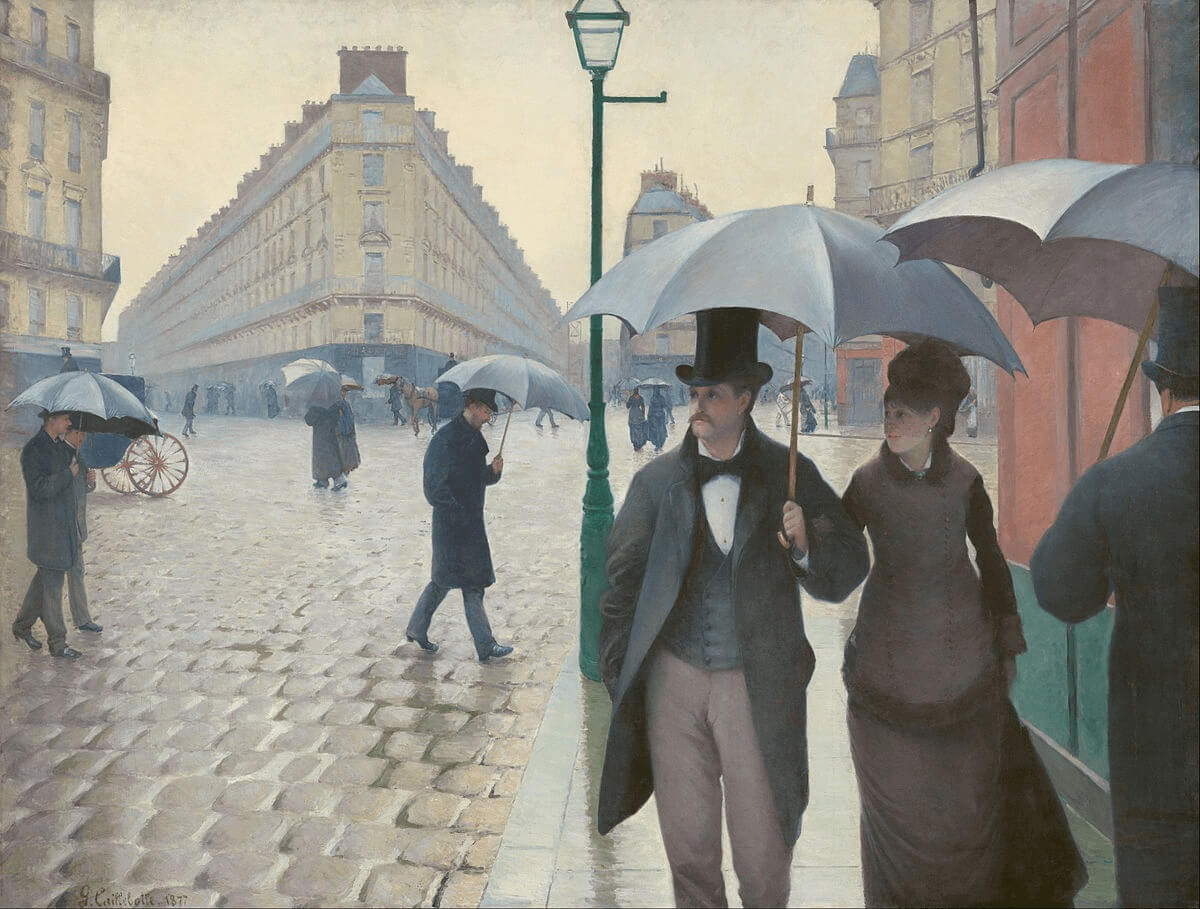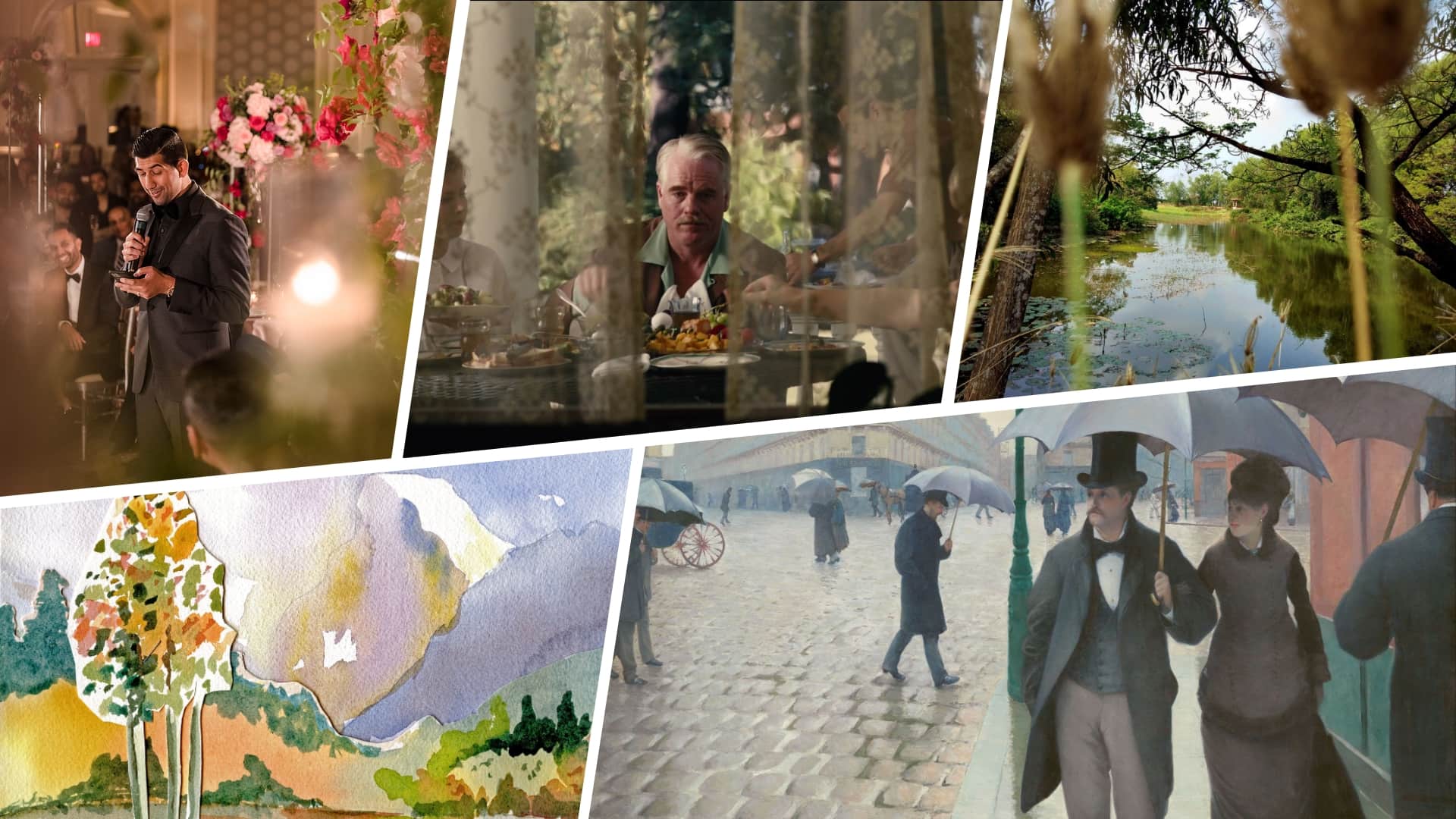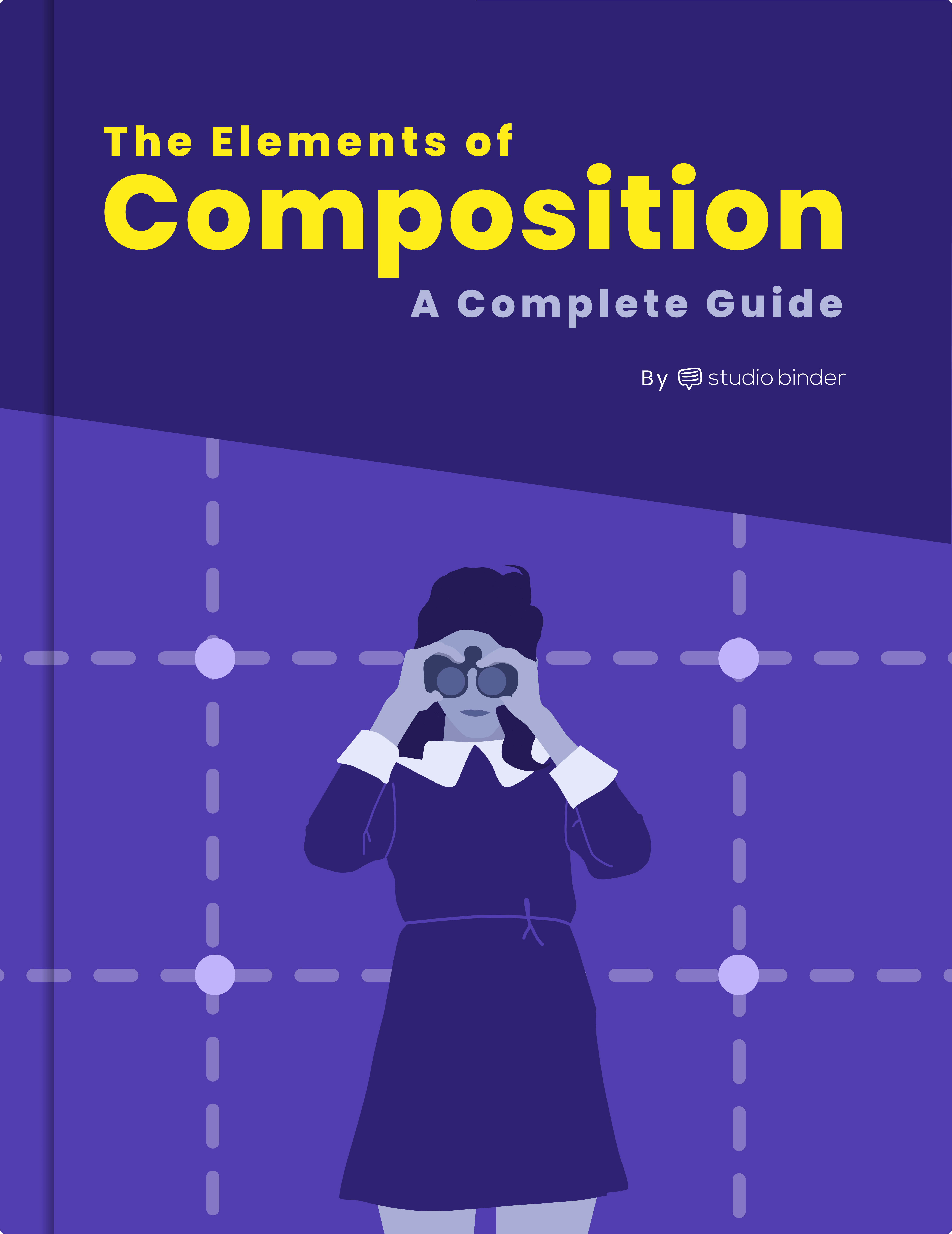“Foreground” is a commonly known term even among beginner photographers and filmmakers. Despite this, beginner photographers and filmmakers commonly make the mistake of not using foreground in their shots to create more beautiful and effective images.
In this article, we’ll take a look at the various benefits of using foreground elements in photography and why you should use them in the next shot you take.
What Are Foreground Elements in Photography
Looking at the foreground art definition
Foreground elements can vary depending on what you are shooting, where you are shooting, and what resources you have available. However, all foreground elements are defined by their position in reference to the subject and camera. Let’s look at the foreground art definition to find out more.
FOREGROUND art DEFINITION
What are foreground elements?
Foreground elements are visual elements that are positioned between the camera and the subject. An image can often be divided into three sections: the foreground, the middle ground, and the background.
The middle ground is often (but not always) the subject of the image. The background is what falls behind the subject. And the foreground is what is in front of the subject.
Foreground elements are used in painting, photography, and cinematography to add depth, provide context, or create unique compositions.
What are foreground elements in photography used for?
- Add depth
- Provide context
- Create unique compositions
For a deep dive into all the elements of composition, download our FREE Ebook: Elements of Composition in Art, Photography & Film.
Free downloadable bonus
FREE Download
The Complete Guide to Composition Elements
When you master composition, you master the ability to tell a story, create a mood or deliver a message in a single image. Download our FREE e-book that covers the various elements of composition and the relevant techniques you can use to arrange, and compose the perfect image.
Foreground Elements in Photography
Add depth to an image
The most fundamental reason to utilize foreground elements in your compositions is to add depth. Creating depth in two-dimensional mediums like paintings, photography, and film can be challenging. Adding a simple foreground element is perhaps the easiest and most immediate way to add depth to an image.
Foreground elements give the viewer a better perception of space within the image. This painting titled Paris Street; Rainy Day by Gustave Caillebotte shows how a simple foreground element can add depth to an image.

Paris Street; Rainy Day by Gustave Caillebotte • foreground photography
Our eyes are drawn to the couple under the umbrella. Their placement within the rule of thirds makes them a natural subject. Caillebotte utilizes the left portion of the frame to fill out the background creating depth and providing the context of a rainy day in Paris.
Caillebotte also includes a very subtle, but deliberate man on the very right of the frame. His body is cut off as he edges the frame. The man may be subtle, even easy to look over. But the effect of painting this man in the foreground between us and the couple is deliberate. Caillebotte does so to add depth to the image.
If you cover the man with your hand and imagine the image without him, the painting falls just a bit flatter. Sure the background still adds depth. But the awareness of space between you and the subject is weaker without the man in the foreground.
Related Posts
Foreground Elements in Photography
Provide context
Foreground elements can impact not only the visual composition of an image, but the content of it as well. Foreground elements are an effective way of providing context for an image. What you use as foreground elements can communicate a lot to a viewer.
This is especially effective in the medium of film. Within cinema, context is a valuable piece of information for an audience. It can tell them where a character is, who they are, or how their environment may be affecting them
Setting
Utilizing foreground elements is an effective way to establish the setting of a scene. Whether you use extras, architecture, or props as foreground elements, they are tools to tell a story.
In this still from Her, director Spike Jonze fills the foreground with extras. He does this to create the setting of a crowded subway.

Her • Foreground framing
Not only does the use of foreground elements paint the picture of a busy subway train, it ties into the themes of the film such as isolation and loneliness despite being surrounded by people.
Character exposition
Production designers take on the responsibility of curating things like set dressing and props to tell a story. They often do this by having their production design reflect characters.
Production Design • Filmmaking Techniques for Directors: Ep2 • Subscribe on YouTube
To utilize great production design, cinematographers should always consider how they can incorporate these details in a shot. A great way to do that is by using them as foreground elements.
Perspective
Another way foreground elements can be used to provide context, is by not only communicating to the audience what is around a character, but how the character interacts with their surroundings.
In a single shot, a character may be completely in focus. To understand what they are looking at or interacting with, filmmakers include what they are looking at in the foreground.
This is commonly used in over the shoulder shots for shot reverse shot dialogue scenes. An incredible use of this technique can be found in the opening scene of Butch Cassidy and the Sundance Kid.
Donnely Rhodes with Paul & Robert in Butch Cassidy And The Sundance Kid
The foreground is not only used for over the shoulder dialogue, but also to capture the holstered gun of the man threatening the Sundance Kid. Rather than cutting back and forth between the gun and Sundance, foreground elements are used to achieve a suspenseful single shot.
Foreground Elements in Photography and Composition
Create a Frame within a frame
While creating depth and providing context are a couple general benefits of using foreground elements, they can also be used to achieve specific compositions.
The frame within a frame is an incredibly effective compositional technique at directing a viewers focus. And it is most often achieved through foreground elements.

The Master • foreground photography
Using foreground elements to create a frame within a frame can narrow an audience’s focus to a single character or point. This is an incredibly valuable technique that not only creates beautiful images, but serves a story through visual composition.
Foreground Elements in Photography
Find Leading lines
Another specific composition that foreground elements are used for are leading lines. Finding leading lines in the setting you are capturing and incorporating them into your foreground is a great way to add depth while also directing the viewer’s focus.
This shot from the film Lion simply uses the lines of fences and street barriers in the foreground of the shot to lead our eye all the way to the subject in the center.

Lion • foreground photography
Leading lines are not always perfect lines that you find painted on a street. Sometimes they will be more difficult to find. But putting in the effort to find lines in your composition, and incorporate them into your foreground can be an effective way to draw focus toward a subject.
Related Posts
Foreground Elements in Photography Guide
Tips for Using Foreground Elements
Foreground elements are defined by their position between the subject and the camera. However, there are a few technical aspects that can affect how foreground elements appear in your image.
Lens Choice
The lens you choose will affect the amount of foreground you can incorporate into your shot. Wide angle lenses can capture much more foreground elements since they have a wider angle of view. Learn more about the wide angle lens in our complete video breakdown of camera lenses.
Ultimate Guide to Camera Lenses • Subscribe on YouTube
Telephoto lenses have a narrower angle of view, so you’ll be able to fit less foreground elements into the shot. You may not want to entirely compromise your lens choice solely to fit more foreground elements into a shot, but it is something to consider when choosing your lens.
Aperture and Depth of Field
A key characteristic of a lens is their aperture. Aperture will directly affect the depth of field of your shot and essentially how foreground elements appear.
Ultimate Guide to Camera Aperture • Subscribe on YouTube
A deep depth of field will allow you to capture more detail in your foreground elements. Take a look at our video guide to depth of focus to learn more about how deep depth of focus is used to make foreground elements clearer for an audience.
Depth of Field Explained: Ultimate Guide to Camera Focus • Subscribe on YouTube
Shallower depth of fields will blur your foreground elements even more, which can be used to remove distraction from your scene while still providing depth and context. A great example of this can be found in this scene from one of Paul Thomas Anderson’s best films, The Master.
Notice how the jail bars are captured with a shallow depth of field. Their presence is not distracting, but still provides depth and the context of the jail cell.
The Master scene • foreground frame
Whether you are planning to use foreground elements to add depth to your shot, create a frame within a frame, or provide context for a scene, you’ll have to determine how much detail the viewer should see in the foreground. Based on this decision, you can make adjustments to your lens choice or aperture to capture more or less detail in your foreground elements.
Using foreground elements is a solution to many problems that beginner filmmakers face. A lack of depth, lack of narrative information, or uninteresting compositions can all be avoided by finding creative ways to incorporate foreground elements into your image.
Up Next
What is Depth of Field?
If you plan on using foreground elements in your images, it’s incredibly important to have a solid understanding of depth of field. You might spend time finding the perfect set dressing to use in your foreground, but with the wrong depth of field, all this effort will go to waste. Avoid mistakes like this by learning more about depth of field in our next article.
Up Next: What is Depth of Field? →
Share your vision with elegant shot lists and storyboards.
Create robust and customizable shot lists. Upload images to make storyboards and slideshows.

